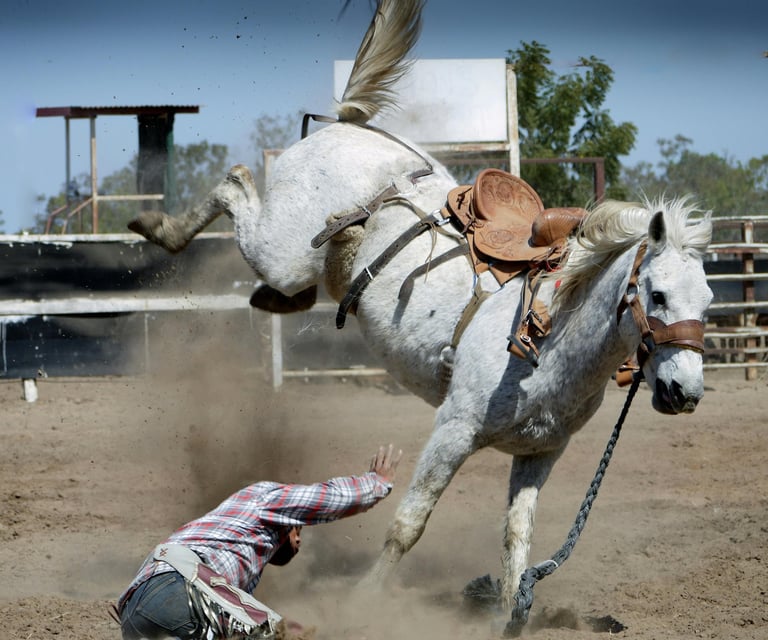Meaning Lives in Motion
A somatic series on movement, meaning, and why you were never not in your body.
Mike O'Connor
7/28/20252 min read
Why Metaphor Moves Us
What makes something feel alive, even before we name it? Why do some gestures move us, some sounds feel warm, or some smells feel like an explosive touch? Developmental psychiatrist and psychoanalyst Daniel Stern explored these questions through what he called vitality affects — the dynamic, felt qualities of human experience that shape how we perceive, relate, and make meaning.
Stern defined vitality affects as the “how” of experience — not what is done, but how it’s done. We perceive something as surging, fading, pulsing, bursting. These dynamics are not tied to one sense: a voice can burst, a touch can crescendo, even a color can feel soft or sharp. These subtle energies are part of what he called the Dynamic Forms of Vitality — sensations that cross sensory domains and arrive before language.
“Vitality is a mental creation, as a product of the mind’s integration of many internal, external events, as a subjective experience, and as a phenomenal reality.” — Stern, 2010
Vitality is Not a Concept — It’s a Motion
Stern writes that these elusive qualities are better captured by kinetic terms — “surging,” “fading away,” “fleeting,” “explosive,” “drawn out.” These vitality forms are more than expressive style; they’re how meaning begins. Stern proposes that babies experience the world in terms of movement and intensity — long before they separate sense from sound, image from touch. A soft coo might be mirrored by a gentle stroke. This matching of affect is what Stern calls attunement, and he describes it as metaphoric and cross-modal — one sense echoing another.
We understand “loudness,” for instance, not only as sound but as a shared dynamic that can show up in flavor, color, or physical force. Vitality comes first. Labels come later. “We never abandon or transcend our early meaning-making ways; we only extend and build upon them.” — Mark Johnson, 2007
Vitality Lives in the Body
Stern’s framework invites us to recognize that vitality is not decoration — it’s the primary material of experience. Before we “understand,” we feel. Before we decide, we perceive motion. This is why movement, sound, and sensation can feel so meaningful — even when no explanation is offered. We are not decoding symbols. We are riding waves of dynamic form.
That’s why in somatic work, we often respond to what someone does before they speak — how their breath moves, how tension pulses or softens, how their gestures gather or disperse. These are not just habits; they’re the shape of a person’s inner world, enacted.
And they can be met — not with analysis, but with presence, curiosity, and a willingness to move with the metaphor.


Everyday Movement
We’ve all felt these qualities without naming them. Think of someone opening a door gently — or slamming it. The motion carries a mood. Or the way a friend leans forward when listening — not just what they say, but how they say it, the rhythm of their voice, the pauses. These are vitality affects. We’re always picking up on them, even if we don’t realize it. We know when a gesture feels rushed, or when a silence feels heavy. Vitality is what lets us sense presence — not through content, but through tone.


